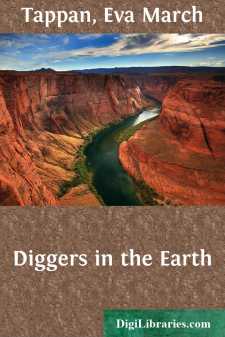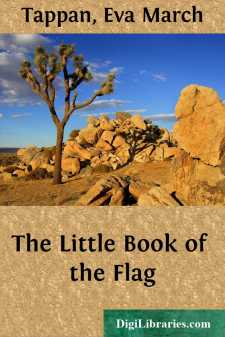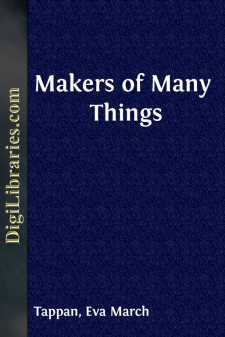Categories
- Antiques & Collectibles 13
- Architecture 36
- Art 48
- Bibles 22
- Biography & Autobiography 813
- Body, Mind & Spirit 142
- Business & Economics 28
- Children's Books 17
- Children's Fiction 14
- Computers 4
- Cooking 94
- Crafts & Hobbies 4
- Drama 346
- Education 46
- Family & Relationships 57
- Fiction 11829
- Games 19
- Gardening 17
- Health & Fitness 34
- History 1377
- House & Home 1
- Humor 147
- Juvenile Fiction 1873
- Juvenile Nonfiction 202
- Language Arts & Disciplines 88
- Law 16
- Literary Collections 686
- Literary Criticism 179
- Mathematics 13
- Medical 41
- Music 40
- Nature 179
- Non-Classifiable 1768
- Performing Arts 7
- Periodicals 1453
- Philosophy 64
- Photography 2
- Poetry 896
- Political Science 203
- Psychology 42
- Reference 154
- Religion 513
- Science 126
- Self-Help 84
- Social Science 81
- Sports & Recreation 34
- Study Aids 3
- Technology & Engineering 59
- Transportation 23
- Travel 463
- True Crime 29
Diggers in the Earth
by: Eva March Tappan
Categories:
Description:
Excerpt
IN A COAL MINE
Did you ever wonder how beds of coal happened to be in the earth? This is their story.
Centuries ago, so many thousand centuries that even the most learned men can only guess at their number, strange things were coming to pass. The air was so moist and cloudy that the sun's rays had hard work to get through. It was warm, nevertheless, for the crust of the earth was not nearly so thick as it is now, and much heat came from the earth itself. Many plants and trees grow best in warm, moist air; and such plants flourished in those days. Some of their descendants are living now, but they are dwarfs, while their ancestors were giants. There is a little "horse-tail" growing in our meadows, and there are ferns and club mosses almost everywhere. These are some of the descendants; but many of their ancestors were forty or fifty feet high. They grew very fast, especially in swamps; and when they died, there was no lack of others to take their places. Dead leaves fell and heaped up around them. Stumps stood and decayed, just as they do in our forests to-day. Every year the soft, black, decaying mass grew deeper. As the crust of the earth was so thin, it bent and wrinkled easily. It often sank in one place and rose in another. When these low, swampy places sank, water rushed over them, pressing down upon them with a great weight and sweeping in sand and clay. Now, if you burn a heap of wood in the open air, the carbon in the wood burns and only a pile of ashes remains. "Burning" means that the carbon in the wood unites with the oxygen gas in the air. If you cover the wood before you light it, so that only a little oxygen reaches it, much of the carbon is left, in the form of charcoal.
When wood decays, its carbon unites with the oxygen of the air; and so decay is really a sort of burning. In the forests of to-day the leaves, and at length the trees themselves, fall and decay in the open air; but at the time when our coal was forming, the water kept the air away, and much carbon was left. This is the way coal was made. Some of the layers, or strata, are fifty or sixty feet thick, and some are hardly thicker than paper. On top of each one is a stratum of sandstone or dark-gray shale. This was made by the sand and mud which were brought in by the water. These shaly rocks split easily into sheets and show beautiful fossil impressions of ferns. There are also impressions of the bark and fruit of trees, together with shells, crinoids, corals, remains of fishes and flying lizards, and some few trilobites,—crablike animals with a shell somewhat like the back of a lobster, but marked into three divisions or lobes, from which its name comes.
Since the crust of the earth was so thin and yielding, it wrinkled up as the earth cooled, much as the skin of an apple wrinkles when the apple dries. This brought some of the strata of coal to the surface, and after a while people discovered that it would burn. If a vein of coal cropped out on a man's farm, he broke some of it up with his pickaxe, shoveled it into his wheelbarrow, and wheeled it home....





